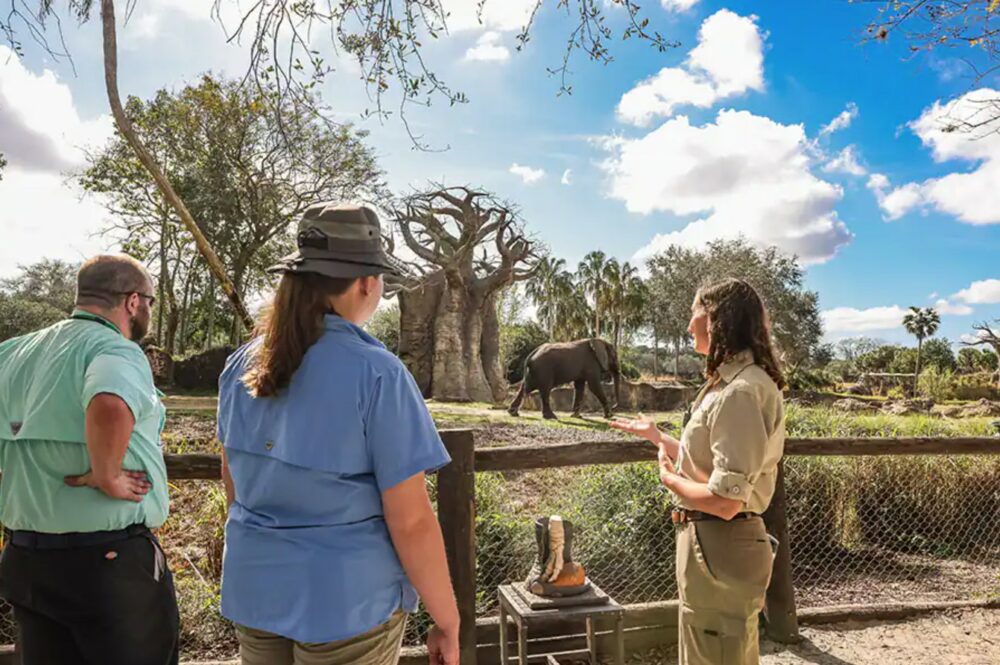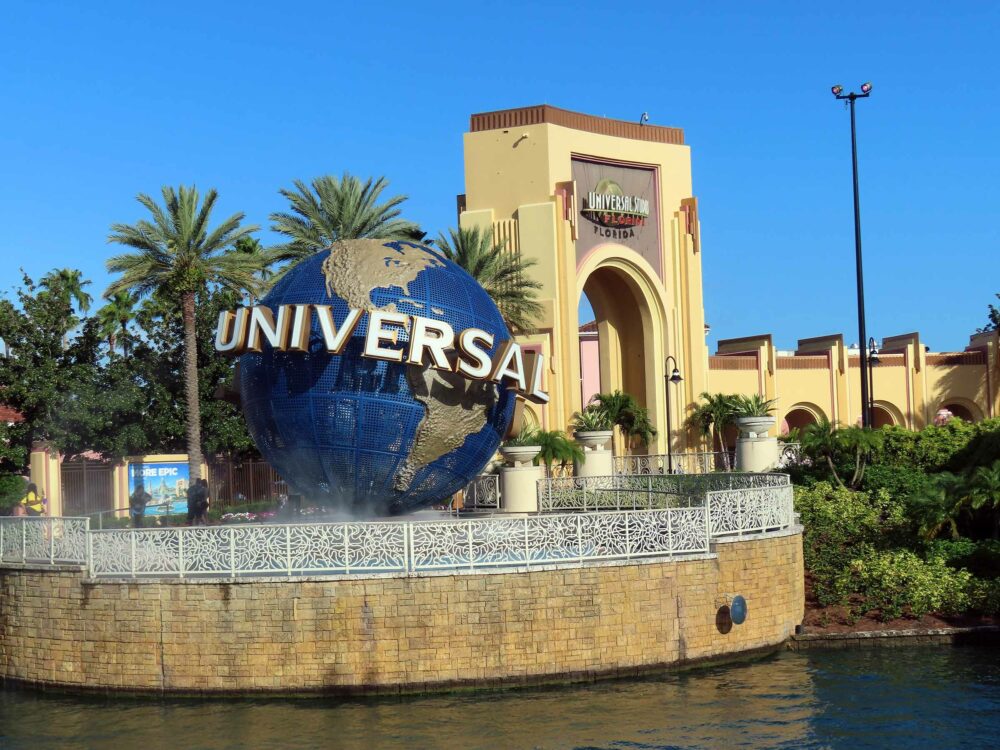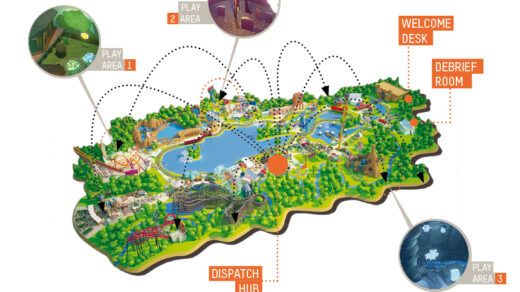Parks across America are stepping up to do their part to support Earth-friendly sustainability efforts by going green. Between Earth Day last month and World Environment Day on June 5, many parks are sharing the green practice they’re implementing to support a cleaner future.
Below are just a few of the things parks are doing to go green(er):
Disney Parks
Disney’s Animal Kingdom said earlier this year that it would donate $500,000 to five regional conservation groups in Central Florida.

Photo courtesy of Disney Parks
The organizations that received funding include Trout Lake Nature Center, The Nature Conservancy, Florida Wildlife Corridor Foundation, Conservation Florida and Wekiva Wilderness Trust. More about those efforts can be read here.

Photo courtesy of Disney Parks
In 2020, Disney purchased a 270-acre, 50-megawatt solar facility near the Walt Disney World Resort online. The park intends to use only sustainable energy by the end of 2023. Within the first year, the facilities will produce enough clean electricity that is equivalent to replacing 29,500 cars on the road.
Universal
Universal Studios Hollywood unveiled its first 21 Studio Tour trams in the middle of 2022. Converting the diesel-hydraulics to electric vehicles means the start of a new first-ever, largest battery-powered, off-road, high-torque and low-speed mass people movers in the U.S. Not only did this improve noise pollution from the engine, but it also helped the park’s overall carbon emissions production.

In 2011, the park recycled 255 tons of plastic and glass bottles, 23 tons of aluminum cans, 1,188 tons of cardboard, 745 tons of yard waste and 3,300 wood pallets. They also saved approximately 491,000 kWh of electricity due to their energy-conservation efforts. All of their efforts can be found here.
Six Flags
In partnership with Solar Optimum and DSD Renewables (DSD), Six Flags recently announced the installation of a new 12.37-megawatt solar carport and energy storage system at Six Flags Magic Mountain. The project will be the largest single-site commercial renewable energy project in California and the largest solar project allocated toward a for-profit organization in the United States.

The record-setting coasters of Six Flags Magic Mountain.
In order to work towards climate action, the solar installation project will include a 12.37-megawatt solar carport built over the main guest parking lot, the ability to offset greenhouse gas emissions each year comparable to 34,194 barrels of oil consumed, 5,110 tons of waste recycled rather than landfilled and 17,612 acres of U.S. forests, and more stated in their press release.

We like the way New Revolution winds through the woods in the middle of Magic Mountain.
Typhoon Texas Waterpark
But not all efforts are just at the dry parks. At Typhoon Texas, a water park located in Katy, Texas. They are dedication their projects to environmental impact, whenever they add or retrofit a ride. As stated by IAAPA, Dawn Kirby, marketing manager at WhiteWater, a manufacturer of water attractions recommended an aquatic safety flooring system, Life Floor decking, which helps mitigate heat absorption and associated evaporation.

Photo courtesy of IAAPA
Designing strategic shade integration helps reduce water evaporation and mitigate temperature impacts. Encouraging guests to rely more upon public transportation and shuttles for water parks located in an urban setting can help decrease greenhouse gas emissions. Their plans also include tapping into local resources, using sustainable landscaping practices, reducing energy and water consumption, establishing recycling programs, embracing Eco-Friendly initiatives and more.
Speaking of green, be sure to check out our list of the best theme park trees. What are other parks doing to foster a more sustainable planet? What do you wish more parks would do? Let us know in the comments section below.















Recent Discussion